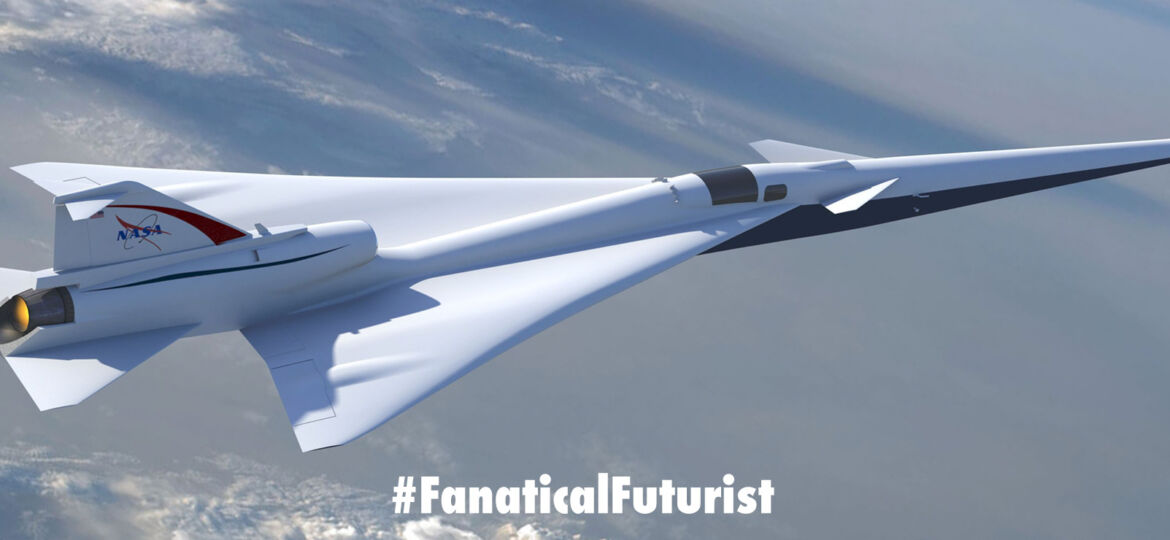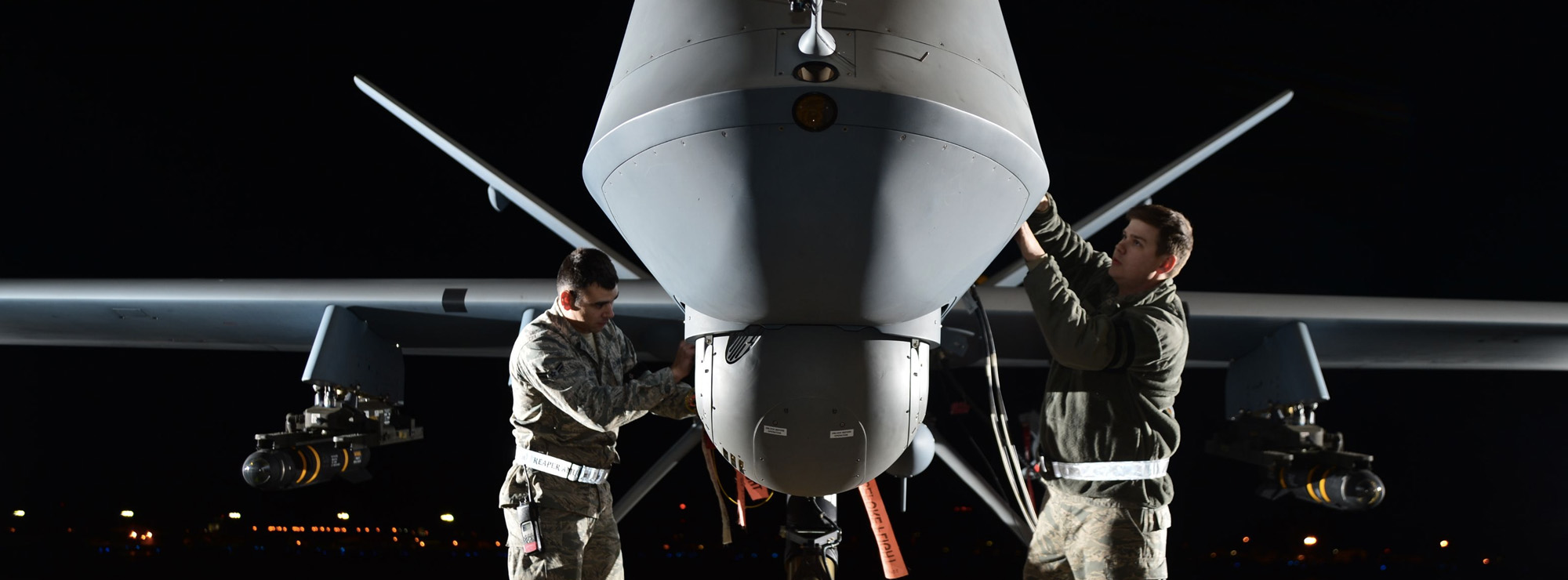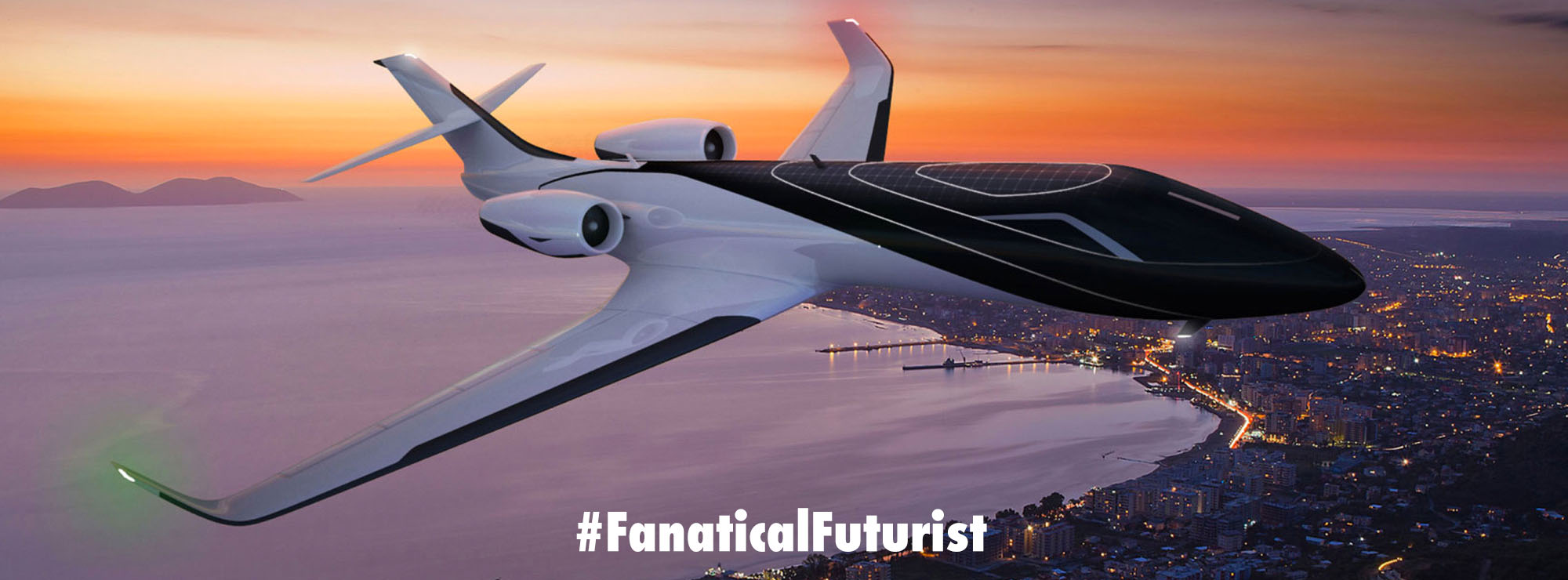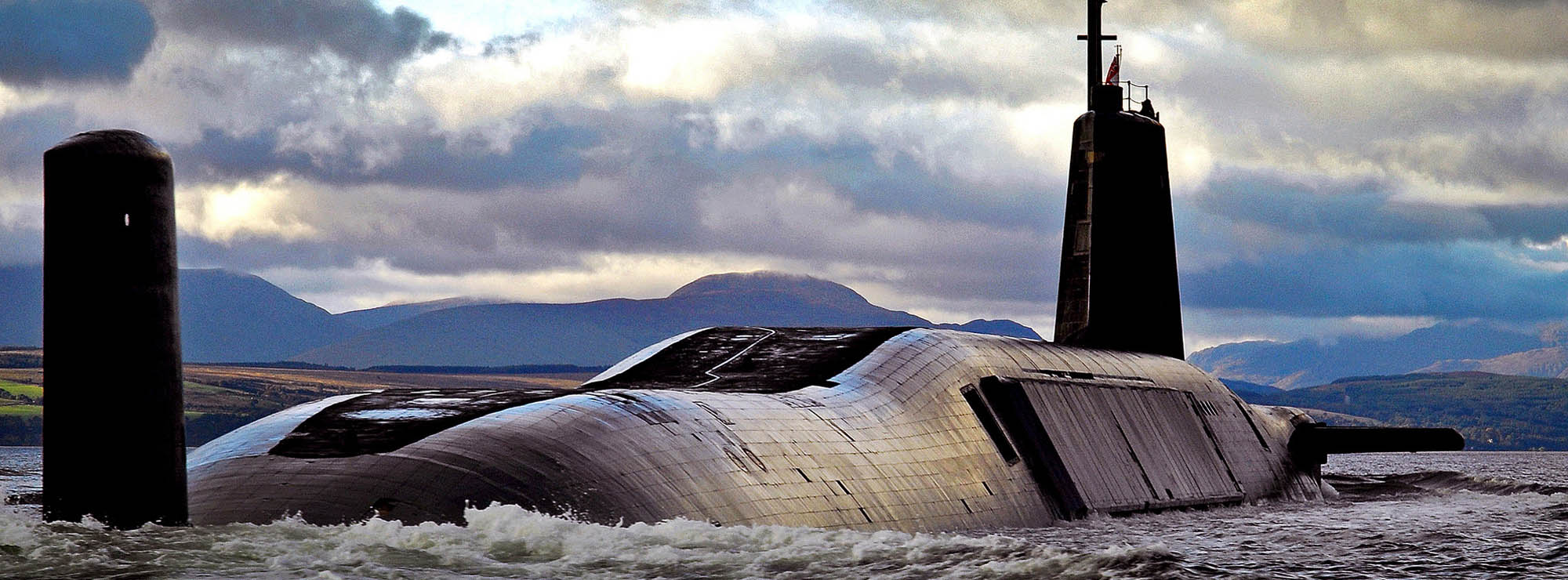
WHY THIS MATTERS IN BRIEF
Regulators don’t like noisy supersonic aircraft flying over land, so Lockheed and NASA have teamed up to create a quiet supersonic aircraft.
One of the reasons why the iconic Concorde was mothballed was because it was too noisy when travelling at supersonic speeds, so as a result regulators, like the UK CAA and US FAA, limited it to flying supersonic over sea only, and that meant that while it was good for doing runs between New York and London, almost every other run that involved a “land leg,” for example, London to San Francisco and so on, was out which limited its commercial viability.
Over the past couple of years Lockheed Martin, who’s also developing it’s own hypersonic aircraft, the SR-72, capable of Mach 5 and above, has been experimenting with different aircraft designs that eliminate the supersonic boom that goes hand in hand with supersonic travel, and now they’ve started building the first part of the X-59 Quiet Supersonic Technology aircraft, which could make supersonic commercial travel a reality again.
Love the music, available for download nowhere…
The aerospace company is building the jet for NASA’s Low-Boom Flight Demonstration program, now that the space agency has committed to a three-year development timeline. Lockheed X-59’s long, slender design will allow it to be relatively quiet, creating a sound only as loud as a car door closing whenever it transitions to supersonic speeds. And since it will fly at an altitude of 55,000 feet and at speeds of 940 mph, it’s expected to be barely audible.
A quiet supersonic plane, it’s hoped, could eventually convince authorities to give them permission to fly over land and pave the way for air travel that’s much, much faster than we’re used to today. Unless of course you include Elon Musk’s goal of flying people around the planet at Mach 27 and above in SpaceX rockets or the new breed of space aircraft that are being built by the likes of Virgin Galactic.
In order to ensure that the project will achieve a noise level that most people will find agreeable, NASA plans to conduct tests using an F/A-18 Hornet aircraft over Texas later this month. The aircraft will produce louder sonic booms at sea and quieter ones over land, after which 500 local volunteers will provide feedback.
Lockheed’s Low Boom Flight Demonstrator program manager, Peter Losifidis, called the start of the manufacturing process “a great leap forward for the X-59 and the future of quiet supersonic commercial travel.”
If all goes according to plan, the X-59’s first flight will take place in 2021 and will be used to collect feedback on how acceptable its quieter sonic booms are. According to Lockheed Martin, the results of that test will help NASA “establish an acceptable commercial supersonic noise standard to overturn current regulations banning supersonic travel over land.”
So who knows, one day we might all realise the dream of travelling at supersonic speeds again, and I’m not just talking about travelling at Mach 1 and above on some fancy “train in a tube” hyperloop… Bring back the good old days.















